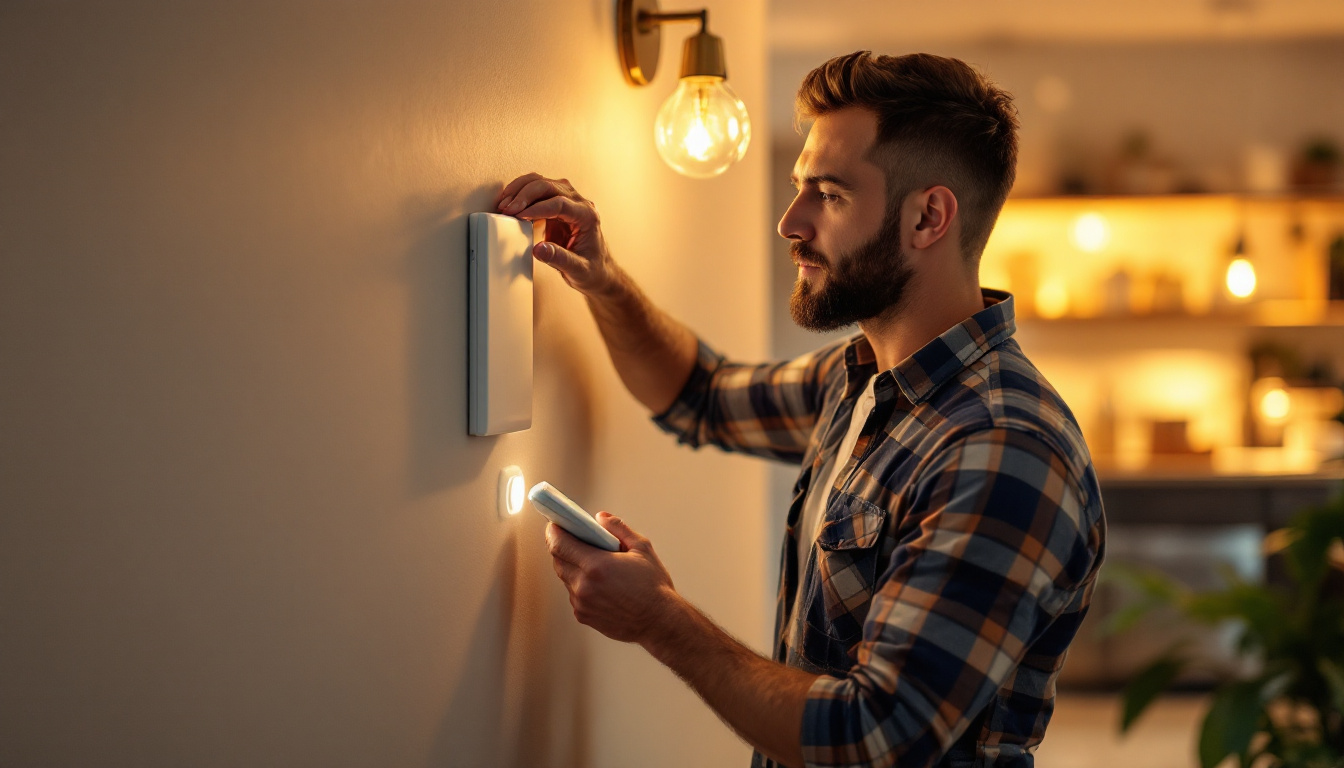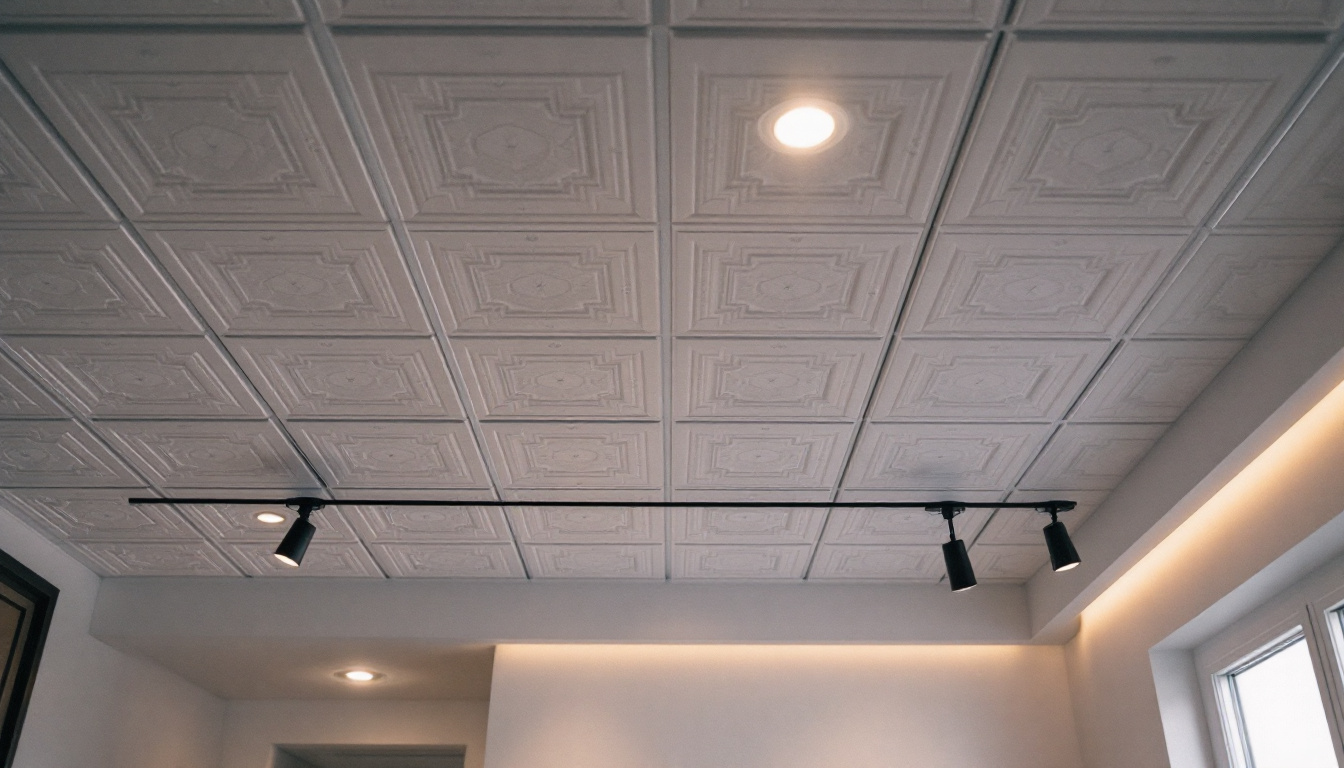
lighting contractors play a pivotal role in ensuring that residential and commercial spaces are illuminated effectively and efficiently. Among the various components that lighting professionals work with, the 3-way switch stands out as an essential tool. This article delves into the significance of 3-way switches, the tools required for their installation, and the best practices for lighting contractors to follow.
A 3-way switch allows control of a single light fixture from two different locations. This feature is particularly beneficial in larger spaces, such as hallways, staircases, and large rooms, where multiple access points are needed. By using two 3-way switches, contractors can enhance convenience and safety for the end-users. The versatility of 3-way switches makes them an essential component in modern electrical design, catering to both residential and commercial needs.
When installing a 3-way switch, it is crucial to understand its wiring configuration. Unlike a standard single-pole switch, which has two terminals, a 3-way switch has three terminals: one common terminal and two traveler terminals. This configuration enables the switch to redirect electrical current between the two switches, allowing for versatile control over the lighting. Understanding the proper wiring techniques is vital, as incorrect installation can lead to malfunctioning switches or even electrical hazards, making it imperative for DIY enthusiasts and professionals alike to familiarize themselves with the wiring diagrams.
The advantages of installing 3-way switches extend beyond mere convenience. They also contribute to energy efficiency and safety. By allowing users to turn lights on or off from multiple locations, 3-way switches help reduce the likelihood of leaving lights on unnecessarily, thereby saving energy. This is especially relevant in homes with children or elderly residents, where the ability to control lighting from various points can significantly enhance usability and comfort.
Additionally, 3-way switches can enhance safety in homes and workplaces. For instance, in staircases or long hallways, having the ability to control lighting from both ends can prevent accidents caused by poor visibility. This functionality is particularly important in commercial settings, where safety regulations may mandate adequate lighting in certain areas. Furthermore, the aesthetic appeal of having well-placed lighting controls can elevate the overall design of a space, allowing for a more seamless integration of technology and style. The installation of 3-way switches can also increase property value, as potential buyers often appreciate the convenience and safety features that come with modern electrical installations.
For a successful installation of 3-way switches, lighting contractors must be equipped with the right tools. The following list outlines the essential tools needed to ensure a smooth and efficient installation process.
Screwdrivers are fundamental tools for any electrical installation. A set of both flathead and Phillips screwdrivers will be necessary for securing the switches and connecting wires. It is advisable to use screwdrivers with insulated handles to enhance safety during the installation process.
Moreover, a ratcheting screwdriver can be particularly useful, as it allows for quicker fastening and unfastening of screws, which can save time on larger projects. Always ensure that the screwdrivers are of high quality to prevent stripping screws or damaging the switch terminals. Additionally, having a magnetic screwdriver can be a game changer, as it helps hold screws in place while working in tight spaces, reducing the chances of dropping or losing them.
Wire strippers are essential for preparing the electrical wires for connection to the 3-way switch. These tools allow contractors to remove the insulation from the ends of the wires without damaging the copper strands inside. Properly stripped wires ensure secure connections, which are crucial for the safe operation of the lighting system.
Investing in a good pair of wire strippers can make a significant difference in the efficiency of the installation process. Look for strippers that accommodate various wire sizes and have built-in features such as cutting edges for added functionality. Some advanced models even come with adjustable settings for different wire gauges, allowing for precise stripping without the risk of cutting too deep. This can be particularly beneficial in complex installations where multiple wire types are used.
safety should always be a top priority when working with electrical systems. A voltage tester is an indispensable tool that helps contractors verify whether a circuit is live before beginning any installation work. This tool can prevent electrical shocks and ensure that the workspace is safe for both the contractor and the occupants.
There are various types of voltage testers available, including non-contact testers and multimeters. Non-contact testers provide a quick way to check for voltage without making direct contact with the wires, while multimeters offer more comprehensive testing capabilities. Having both types can enhance the contractor’s ability to troubleshoot electrical issues effectively. Furthermore, some multimeters come equipped with additional features such as continuity testing and resistance measurement, which can assist in diagnosing problems in the circuit and ensuring that all connections are functioning correctly before finalizing the installation.
While having the right tools is essential, following best practices during installation is equally important. Adhering to these practices can help ensure that the installation is not only successful but also safe and compliant with electrical codes.
Before beginning any electrical work, it is crucial to turn off the power at the circuit breaker. This step cannot be overstated, as it is the first line of defense against electrical accidents. Contractors should also use a voltage tester to confirm that the power is indeed off before proceeding with the installation. Taking this precaution not only protects the installer but also safeguards anyone who might inadvertently come into contact with the electrical system during the project.
When installing 3-way switches, it is essential to follow the correct wiring diagram. These diagrams illustrate the proper connections between the switches and the light fixture, ensuring that the system functions correctly. Familiarity with standard wiring configurations for 3-way switches can help prevent mistakes that could lead to malfunctioning lights or safety hazards.
Contractors should also take the time to label wires during disassembly, especially if they are replacing existing switches. This practice can save time and reduce the risk of confusion during reinstallation. Additionally, it is beneficial to consult the manufacturer’s instructions for any specific requirements or recommendations regarding the installation process, as these can vary between different brands and models.
Properly securing wire connections is critical for the long-term reliability of the lighting system. Loose connections can lead to flickering lights, increased heat, and even electrical fires. When connecting wires to the 3-way switch, ensure that they are tightly twisted and secured under the terminal screws.
Additionally, using wire nuts to cap off any unused wires can help prevent accidental contact and enhance safety. It is also advisable to double-check all connections before reassembling the switch plate and restoring power to the circuit. Furthermore, consider using electrical tape to wrap around the connections for added insulation and security, particularly in areas where moisture may be a concern. This extra layer of protection can help ensure that the connections remain stable and safe over time.
While installing 3-way switches can be straightforward, contractors may encounter several challenges along the way. Understanding these common issues and their solutions can help streamline the installation process.
One of the most common challenges faced by contractors is dealing with confusing wiring configurations, especially in older homes. Wiring colors may not always adhere to current standards, leading to uncertainty about which wires to connect.
In such cases, it is advisable to use a multimeter to identify the function of each wire. This tool can help determine which wires are hot, neutral, or ground, allowing for accurate connections. If uncertainty persists, consulting with a more experienced electrician or referencing wiring diagrams can provide clarity.
Another challenge that may arise is limited space within the electrical boxes. This situation can make it difficult to fit all the wires and the switch itself, leading to cramped and potentially unsafe conditions.
To address this issue, contractors can use compact 3-way switches designed for tight spaces. Additionally, organizing wires neatly and using smaller wire nuts can help create more room within the box. If space remains a concern, it may be necessary to relocate the electrical box to a more accommodating location.
After installation, contractors may encounter malfunctions such as flickering lights or switches that do not operate correctly. These issues can stem from loose connections, faulty switches, or incorrect wiring.
To troubleshoot, contractors should first inspect all connections to ensure they are secure. If connections are tight and the issue persists, testing the switches with a multimeter can help identify any faults. In some cases, replacing the switch may be the most effective solution.
3-way switches are an essential component for lighting contractors, providing enhanced control and safety in various settings. By equipping themselves with the right tools, following best practices, and being prepared for common challenges, contractors can ensure successful installations that meet the needs of their clients.
As the demand for efficient and user-friendly lighting solutions continues to grow, understanding the intricacies of 3-way switches will remain a valuable asset for lighting professionals. By staying informed and skilled in their craft, contractors can deliver high-quality service and contribute to safer, more illuminated spaces.
Ready to enhance your lighting projects with the convenience and safety of 3-way switches? Look no further than LumenWholesale for all your lighting needs. Our extensive selection of spec-grade lighting products ensures you have access to the highest quality switches and lighting solutions. With unbeatable wholesale prices and the elimination of middleman markups, you’re guaranteed the best value for your investment. Plus, with free shipping on bulk orders, you can stock up on premium lighting without worrying about hidden fees or compromises. Elevate your lighting installations today by visiting LumenWholesale for Wholesale Lighting at the Best Value.

Discover how smart light switches can revolutionize your business as a lighting contractor.

Discover the transformative advantages of occupancy sensor switches for lighting contractors.

Discover essential tips for lighting contractors on how to avoid common pitfalls with RGB recessed lighting installations.

Discover essential tips and cost-effective solutions for lighting contractors with our guide on inexpensive drop ceiling tiles.